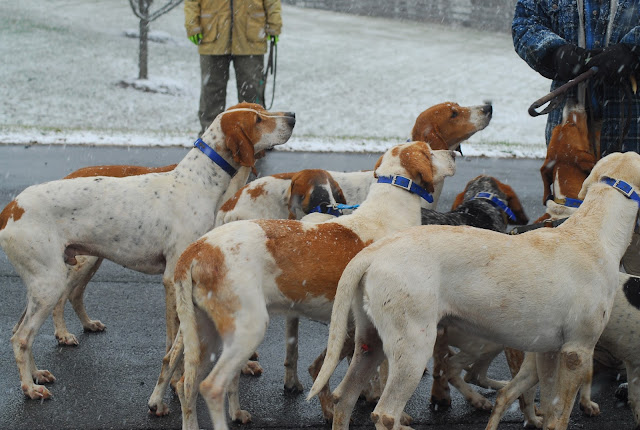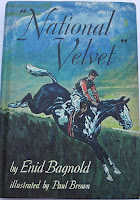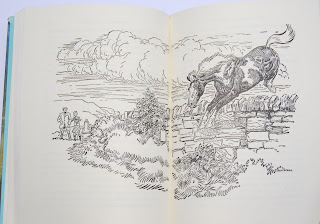| Image Size | Limits | Unframed | Plus tax, plus shipping, plus materials, plus frame |
| 8X10 | (1 Head) | $150.00 | |
| 11X14 | (2 Heads or 1 Full Body) | $200.00 | |
| 16X20 | (3 Heads or 2 Full Bodies) | $300.00 | |
| 20X24 | (3+ Heads or 2 Full Bodies) | $400.00 | |
| 24X36 | $500.00 | ||
| Color Pencil | |||
| Image Size | Limits | Unframed | |
| 8X10 | (1 Head) | $250.00 | |
| 11X14 | (2 Heads or 1 Full Body) | $350.00 | |
| 16X20 | (1-3 Heads or 2 Full Bodies) | $600.00 | |
| 20X24 | (1 or more Heads or Full Bodies) | $750.00 | |
| 24X36 | $1,500.00 | ||
| Oil Paint | |||
| Image Size | Limits | Unframed | |
| 8X10 | (1 Head Only) | $500.00 | |
| 11X14 | (1 Head or 1 Full Body) | $750.00 | |
| 16X20 | (1-3 Heads/2 Full Bodies) | $1,000.00 | |
| 20X24 | (1 or more heads or Full Bodies) | $1,750.00 | |
| 24X36 | $2,500.00 |
Dear S,
I realized why I couldn't wrap my head around your price list in class. You have different sizes but you've combined the larger size format with the addition of subjects. You haven't determined the price of one horse in larger sizes, i.e., 11" x 14", 16" x 20". You have 2 heads, 1 - 3 heads or two full bodies, etc., but no single horse in a larger format. You're putting the cart before the horse, so to speak.
What I suggest you do is structure your price list in a way that makes it easy to calculate lots of different scenarios. First of all, figure out what you want to charge for a single portrait in several standard sizes (this will make framing easier and less expensive), such as a 3/4 view head and neck or full body. Start with the smallest size ( 8" x 10") and work up to the largest size (24" x 36") in charcoal. (You can have larger or smaller sizes available. This is just a general list.) Make a separate category for charcoal, watercolor, pastel, oil, acrylic or any other medium you offer. Figure out what adding another horse would cost. (It should be at least 50% of the price of one horse and can be as much as 100%. It depends on how much work you want to do for free. The correct answer is "none.") Same with dogs, cats, goats, whatever. If one horse is $150 (that's not enough, btw), two horses on the same paper or canvas would be between $225 and $300. Painting people (riders, owners, trainers, jockeys) costs as much painting as horses. A horse and rider (head and neck) in one picture would be $300. Determine the price for just the head and neck, and a higher price for a full length portrait (200% - 400% more than a head and neck.) If a head and neck is $150, a full length portrait of one horse would be anywhere between $300 and $600. A horse and rider would be double that. You also have to consider if you're doing a background or not, such as a barn or show ring or whatever. Try and determine how much time it will take to paint all those extras. Would it take as long as painting the figures? Then you have to charge for that time as well.
You don't have to make a long list with every option; you simply need a basic price list for "horse" or "equine" (head & neck or full length) and "horse and rider" (head & neck or full length). At the bottom, you can clarify what each additional subject will cost, i.e., "Each additional equine subject is X % or dollars" (50 - 100% or whatever you've decided), "Each additional rider is X % or dollars," etc. This is a clear, concise and FAIR price structure, without any surprises for you or the client. ("Oh, you mean my menagerie of birds is extra?!")
Travel time and photos are additional expenses paid by the client. Suppose you have to drive 50 miles to photograph a subject. You spend all day taking pictures, then you go home and edit all the photos, email them to the client for approval, etc. This takes up time for which you should be compensated. A day rate of $150 - $200 is extremely reasonable.
Always get a deposit before starting any work. If you're just starting out and can't work up the courage to ask for 50% up front, start with a 1/3 payment schedule. (1/3 to start, 1/3 halfway through and 1/3 before final delivery. Not after.) I read a funny quote in a novel where a wealthy aristocrat says, "I never pay my creditors. It only encourages them."
Make sure the client knows you own all the photos and the copyright to the finished artwork. They can't use the image for promotional purposes or greeting cards or anything, unless you give them written permission or they purchase the copyright from you. (This is usually the case if you're doing some kind of promotional artwork for them, such as a logo design.) This should all be stated in your contract. You should review it with them and explain what all the terms mean prior to signing it. Both of you must sign the contract, otherwise it's not legal or binding.
There are a number of excellent books on the market about making a living as an artist, The Art Calendar puts out a number of good titles - Making a Living as An Artist, Getting the Word Out, Getting Exposure, etc. I looked up pricing in one of them and it states that pricing artwork requires doing your homework. You should be pragmatic about pricing, keeping track of how long it takes you to create a work, including conceptualization and execution, as well as overhead and cost of materials. I find this to be a very practical approach, especially if you have little or no prior selling experience. This will give you the confidence you need to stick to your price, since it's based on the actual amount of work you did and what it cost you in materials. If you follow this approach to price one or two of the large drawings you showed me, you'd be surprised at how much you should actually charge for them. (Think minimum wage times number of hours. That's $7.25 x X = the price. If you feel your time is worth more than $7.25 an hour, good for you! Decide what your hourly wage should be and go from there.) I find these guidelines to be extremely helpful to someone like you who is just starting out. I think it's even good for a professional who's been in the field for many years and might need to re-examine their pricing methods in the ever-changing equine art market. It's also useful when pricing commissions for other subjects. Use a similar work you've already done to figure out how long it will take you to produce another one like it. Don't forget the frame and shipping costs. If the price doesn't seem like enough after all these calculations, adjust it higher. If it seems too high, don't lower it. Get used to the idea of being fairly compensated for your work and talent.
I think your suggestion for a workshop about the business of art is a really good one. I'll be submitting that as an idea for a workshop for the Academy!
Best regards to you and your "support team,"
C























